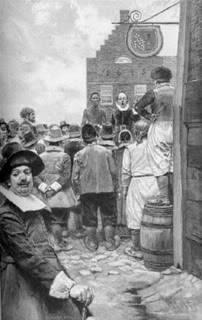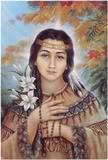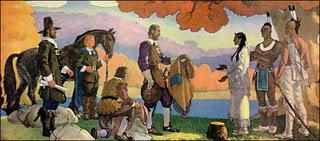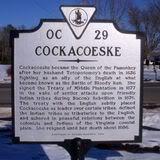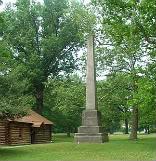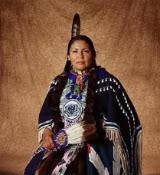A Woman’s Place Because most colonial women married, the term good wife came into existence and a code of ethics developed that would govern female life in New England from 1650 to 1750. Good wives had legal rights in colonial America, and actually had more freedom than nineteenth-century women would have. With This Ring Marriage was considered the normal state for all adult residents in the colonies. Most men first married in their mid-twenties, and women at around age 20. Second marriages were not uncommon, and widows and widowers faced social and economic pressures to remarry. On average, most widows and widowers remarried within six months to a year.

